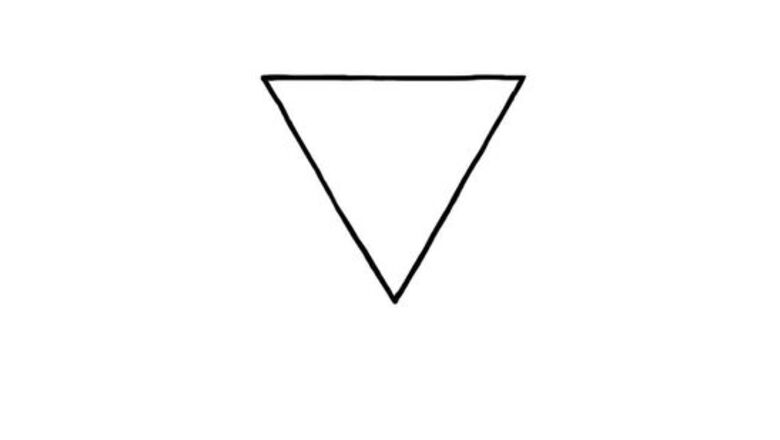
views
Starting with an Inverted Triangle
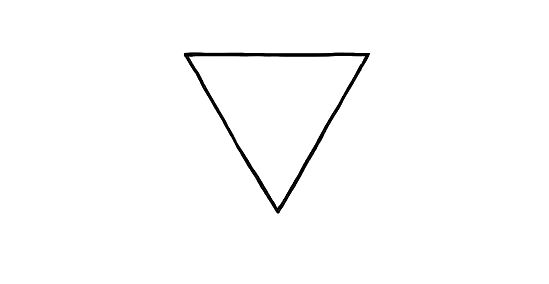
Sketch an inverted equilateral triangle. This will be the center of your triangle.
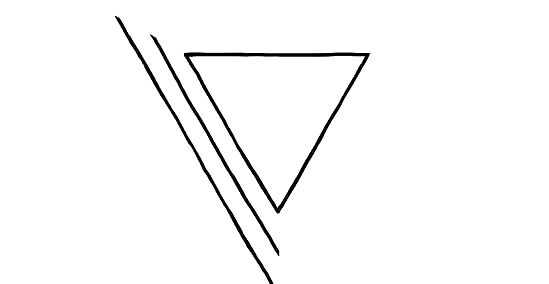
Lightly sketch two parallel lines outside one side of the triangle. The lines should be equally spaced. Take caution that your lines are drawn straight.
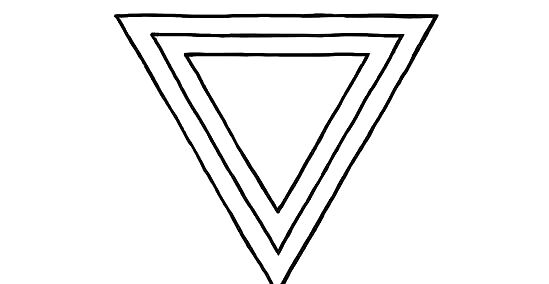
Repeat this for each of the other two sides. Your sketch should look like three triangles nested together.
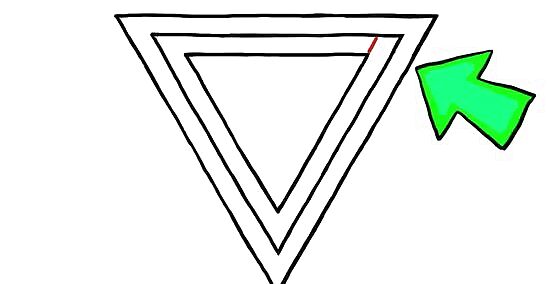
Choose one side of the "center" triangle. Extend one end of that straight line until it reaches the "middle" triangle.
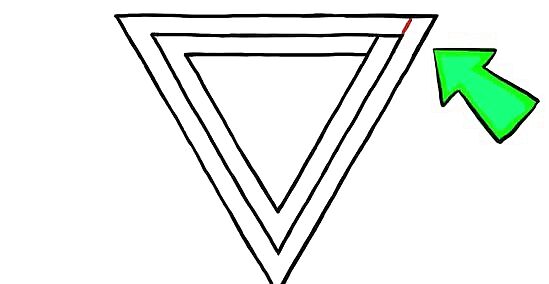
Find the same side of the "middle" triangle. Extend one end of that straight line, in the same direction as before, until it reaches the "outside" triangle.
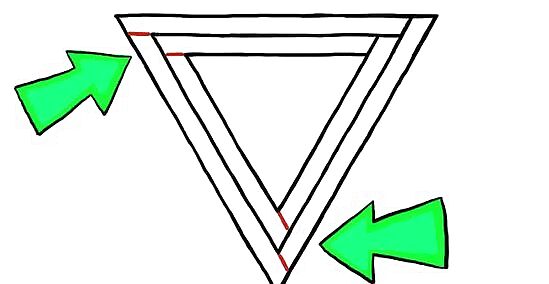
Repeat steps for the other two sides of the triangle.

Erase short segments so that the triangle begins to look three-dimensional rather than flat. Each edge of this "3-D" shape should look like a reverse "L".
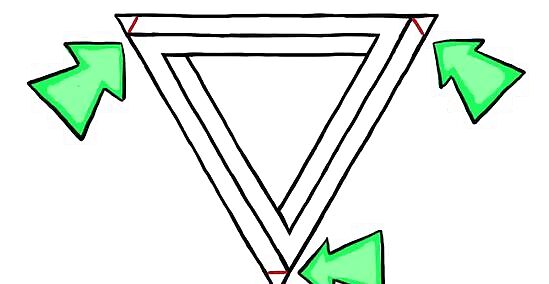
Add short segments at an angle in the corners. These short segments will finish off the outside points.
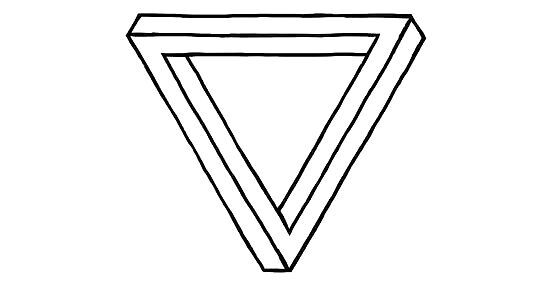
Cleanup your drawing by erasing the points outside of the short segments drawn in the previous step.

Add shading if desired.
Extending a Triangle
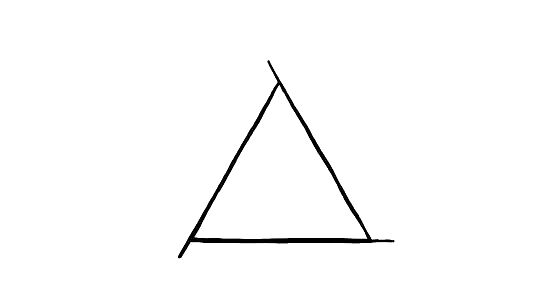
Draw a triangle and extend the ends of the lines past where they join.
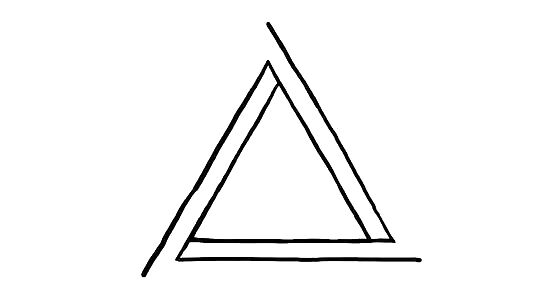
Draw lines from these tips, extending them beyond the corners of the inner triangle.
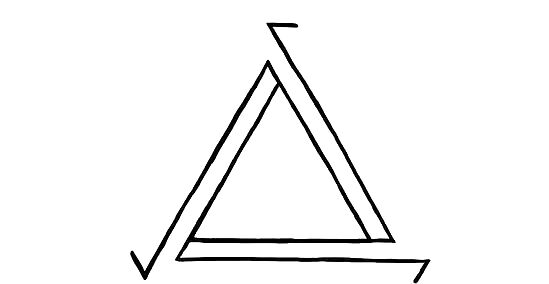
Draw in the 'corners'.
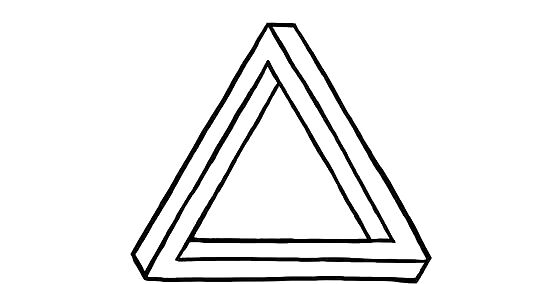
Draw in the final long lines to connect the corners.

Finished.
Starting from an Irregular Hexagon
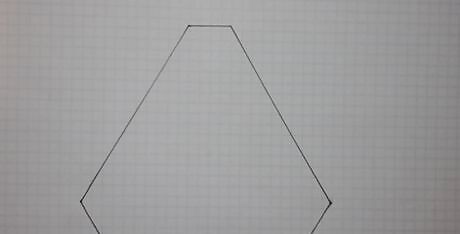
Draw a hexagon. Three sides should be long and three short, alternating short and long sides. This can easily be done by constructing an equilateral triangle and "chopping" off the corners.
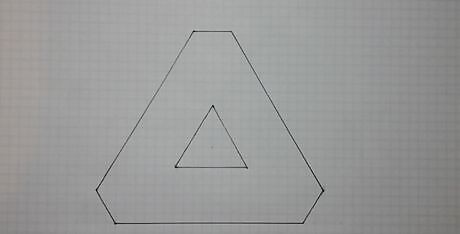
Put a smaller, equilateral triangle in the middle of the hexagon.

Draw a line from a corner of the triangle to a corner of the hexagon, as seen in the above picture.
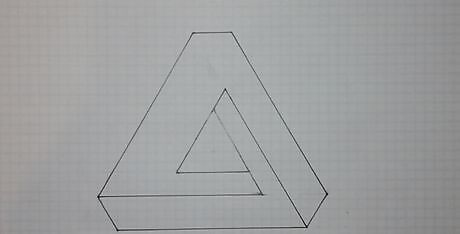
Repeat this process for the other two sides.
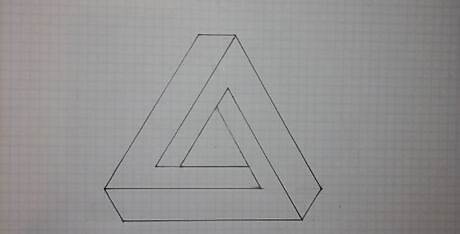
Finished. Shade or colour if desired.
















Comments
0 comment